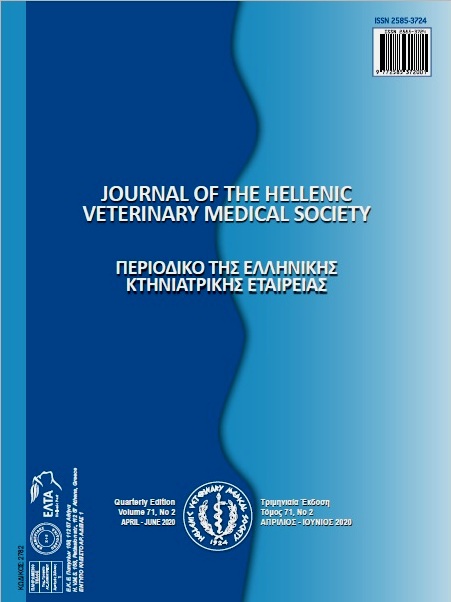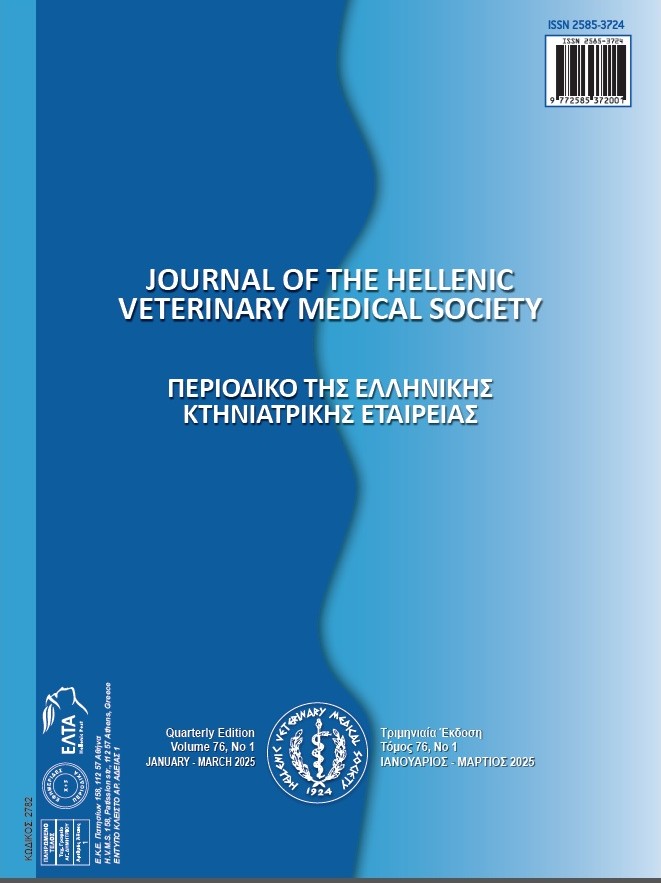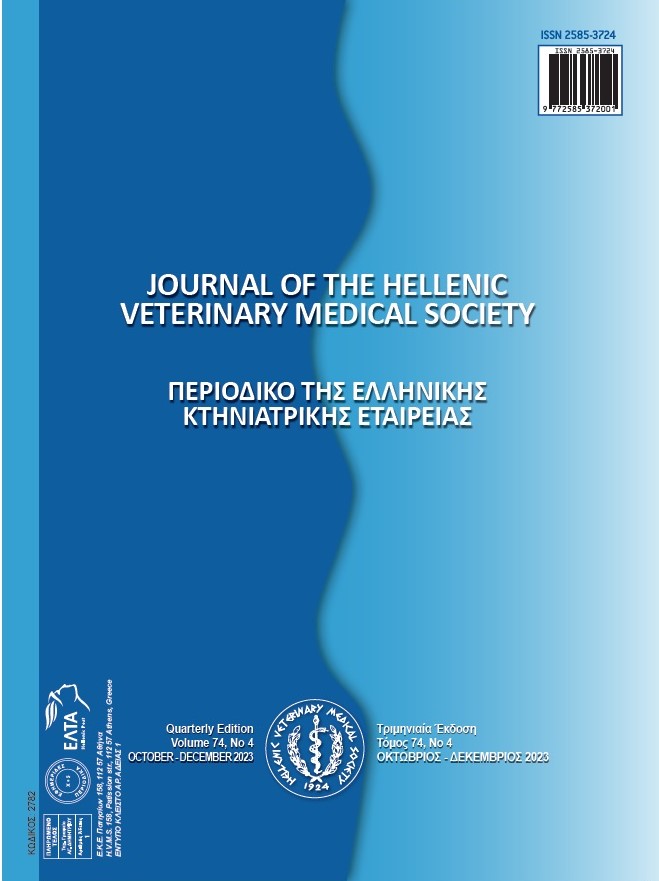Determination of Adjustment Factors of Milk Yield According to Mature Age in Brown Swiss Breed Cattle
Resumen
The aim of this study was to determine adjustment factors for 305-day milk yield according to mature age in Brown Swiss cattle raised in Türkiye. A total of 19,042 milk yield records from 10,127 cows across 44 provinces were analyzed. Age correction factors were calculated using three methods: (i) Simple Averages Methods, (ii) Polynomial Regression Methods, and (iii) Gross Comparison Methods. The cows were divided into four calving seasons: spring, summer, fall, and winter. Results showed that cows calving in winter reached maturity at 37-39 months, earlier than those calving in other seasons. Adjustment factors for the youngest cows (≤ 24 months) and the oldest cows (≥ 109 months) were also determined to account for variations in milk yield. The study confirmed that winter-calving cows exhibit higher early lactation milk yields, likely due to favorable environmental conditions. These newly developed adjustment n factors provide a more precise estimation of genetic trends, aiding in more effective breeding strategies. Future studies with larger datasets are recommended to enhance accuracy further.
Article Details
- Cómo citar
-
Kaygisiz, A., Şahin, O., & Yilmaz, İ. (2025). Determination of Adjustment Factors of Milk Yield According to Mature Age in Brown Swiss Breed Cattle. Journal of the Hellenic Veterinary Medical Society, 76(2), 9247–9256. https://doi.org/10.12681/jhvms.38990
- Número
- Vol. 76 Núm. 2 (2025)
- Sección
- Research Articles

Esta obra está bajo una licencia internacional Creative Commons Atribución-NoComercial 4.0.
Authors who publish with this journal agree to the following terms:
· Authors retain copyright and grant the journal right of first publication with the work simultaneously licensed under a Creative Commons Attribution Non-Commercial License that allows others to share the work with an acknowledgement of the work's authorship and initial publication in this journal.
· Authors are able to enter into separate, additional contractual arrangements for the non-exclusive distribution of the journal's published version of the work (e.g. post it to an institutional repository or publish it in a book), with an acknowledgement of its initial publication in this journal.
· Authors are permitted and encouraged to post their work online (preferably in institutional repositories or on their website) prior to and during the submission process, as it can lead to productive exchanges, as well as earlier and greater citation of published work.






